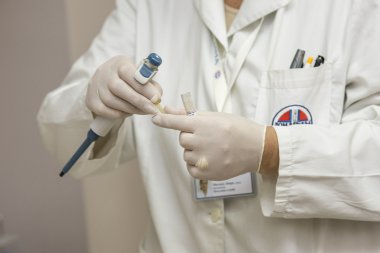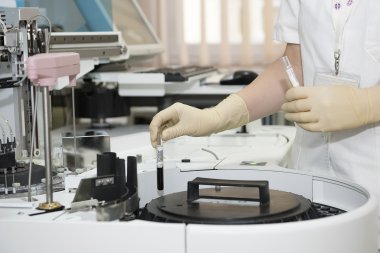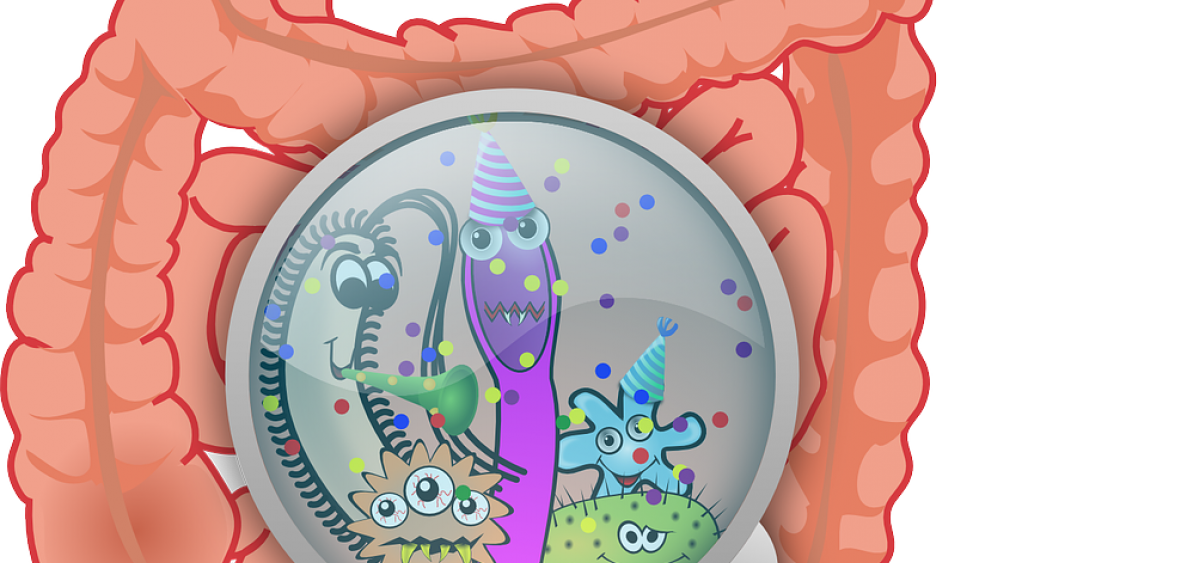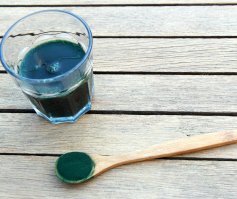Candidosis is a disease that affects more and more people. It is the result of a decrease in immunity caused by modern lifestyles, stress, environmental pollution, antibiotic treatment and the consumption of highly processed foods rich in sugars. The result is the appearance of fungi in the body, whether on the skin, internal organs or in the intestines.
Candida albicans - common fungus
Candida albicans, or white bleach, is a parasitic fungus found in the lower part of the digestive tract. Its small amount is not harmful to the body, because this fungus helps to decompose carbohydrates in the digestive process. When the body's immune system is fully functional and functional, the fungus is harmless to humans. However, under favourable conditions, this yeast can multiply, causing infections and allergic reactions. When you multiply in excess, there is a problem.

The factors favouring the development of white bleach include, first of all:
- environmental pollution
- stressful life
- increased use of medicines, including antibiotics
- excessive consumption of alcohol
- consumption of highly processed, refined (purified) and chemically preserved food.
In favourable conditions candida albicans spreads beyond the gastrointestinal tract and nests in other areas of the body, especially in its warm and humid nooks and crannies. At the same time it changes its form from an ordinary yeast neutral for the system into a bacterium, which is dangerous for health and at the same time resistant to drugs and antifungal antibiotics. From the gastrointestinal tract this bacterium moves to the intestinal walls, and from there to the circulatory system, and together with blood circulates throughout the body. In this way the candida albicans fungus finds the most suitable places for further development.
Candida - symptoms
Symptoms of poisoning with Candida albicans can be divided as follows:
- digestive tract - constipation, gases, reflections, unpleasant smell from the mouth, indigestion, diarrhea, allergies to food components such as lactose or gluten
- urinary system and reproductive organs - inflammations of the urinary system, frequent urination and the accompanying feeling of burning, inflammation of the reproductive tract, menstrual disorders, prostate problems
- skin - dry skin, skin eruptions and acne, psoriasis, excessive sweating, nail inflammation, loss of hair, unpleasant body odour, itching of the skin and anus area.
- psyche - impatience, hyperactivity, difficulties in concentration, changeability of moods
- systemic - overweight or underweight, hunger for certain types of food, sluggishness, fatigue after awakening

Candida - treatment
The overriding aim of the treatment of mycosis symptoms is to restore balance in the bacterial flora of the large intestine. Otherwise, the functioning of the individual organs of the body is impaired. However, each type of this disease is treated differently. According to scientific studies, the method of treatment depends on the location and type of fungus. Rapid diagnosis and treatment have a positive effect on the period of time needed to procrastinate on infection and recovery.
candida has an influence on effective treatment:
- an anti-candida diet, i.e. a low sugar diet resulting in a lack of yeast nutrition, called "yeast starvation".
- taking probiotics, which increases immunity and restores the balance of bacterial flora in the intestines
- treatment by taking medicines and natural preparations in order to eliminate excess yeast from the body and remove gastrointestinal tract erosions
Candida a diet

The development of yeast in the body is influenced by the presence of simple sugars, starch and gluten contained in cereals (oats, wheat, rye, barley). The first step to eliminate candida is therefore the use of a low sugar diet consisting of low and medium Glycemic Index foods. On the other hand, the consumption of protein, in particular from meat, seafood, fish, eggs (preferably from natural rather than caged farming) and dairy products such as buttermilk, yoghurt and kephir should be increased. Mould cheeses such as azure or brie are an exception, which should be avoided. With such a diet, the body will be supplied with natural amino acids, vitamins (A, D, E) and minerals (iron, iodine and phosphorus).
It is important that these products are eaten in the least processed form (without coating, sauces and other additives - gluten is excluded) and that they are fresh. Meat treated with chemical preservatives must be discarded. As far as bread is concerned, wholemeal or rye bakery products can be eaten on natural sourdough, which is conducive to the functioning of a suitable bacterial flora in the intestines. It is advisable to bake bread by oneself in order to be sure of its composition.
Dietary fibre in the fight against candida
 In order to fight candida it is also important to take large amounts of fiber. Its best sources are vegetables, fruits and whole-grain products. Dietary fiber supports intestinal function and helps to remove faecal masses, and together with them bacteria and toxins produced by yeasts are removed. However, it should be remembered that many fruits are rich in sugars and many vegetables are rich in starch. Most fruits should therefore be excluded from the diet, leaving only those with an acidic taste, such as grapefruits, cranberries or sour apples. Vegetables that are rich in starch should be avoided, such as potatoes, pulses and cucurbits. It is best to eat fruits and vegetables raw, and in case of the need for heat treatment, it is recommended to bake and cook them.
In order to fight candida it is also important to take large amounts of fiber. Its best sources are vegetables, fruits and whole-grain products. Dietary fiber supports intestinal function and helps to remove faecal masses, and together with them bacteria and toxins produced by yeasts are removed. However, it should be remembered that many fruits are rich in sugars and many vegetables are rich in starch. Most fruits should therefore be excluded from the diet, leaving only those with an acidic taste, such as grapefruits, cranberries or sour apples. Vegetables that are rich in starch should be avoided, such as potatoes, pulses and cucurbits. It is best to eat fruits and vegetables raw, and in case of the need for heat treatment, it is recommended to bake and cook them.
For the effectiveness of the treatment it is important to consume a large amount of fluids, which also help to rinse out harmful toxins from the digestive tract. The recommended daily amount is 2 litres. The best drinks are medium-mineralised mineral water, green tea or grapefruit juice. It is also recommended to drink a hot water drink with lemon juice every morning. Such a drink has antibacterial properties and at the same time stimulates digestion.















